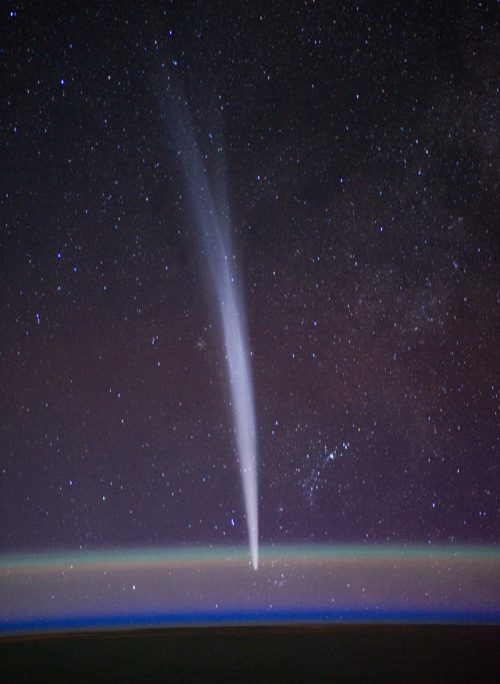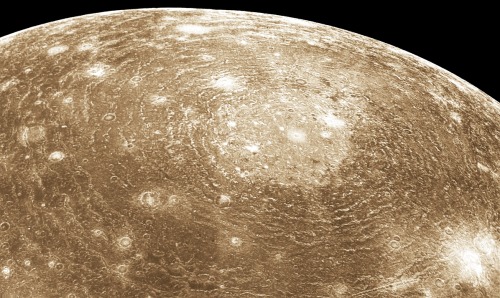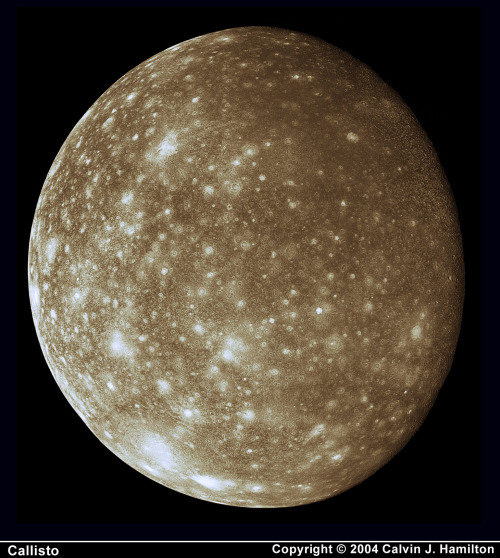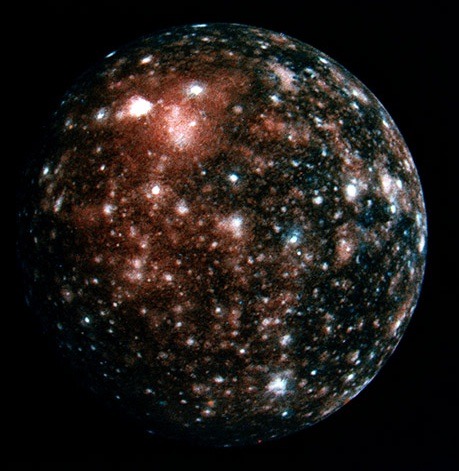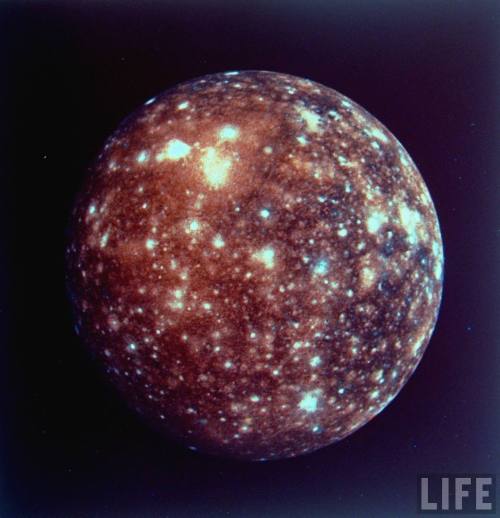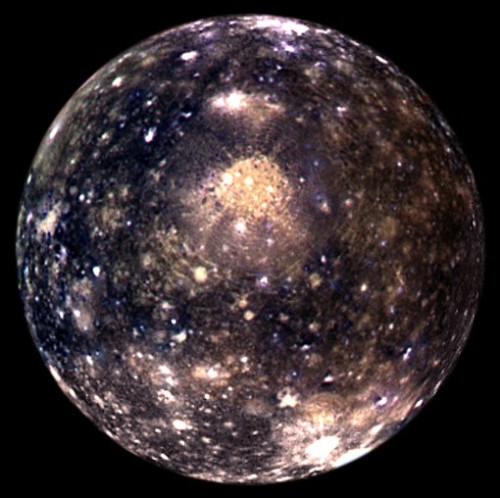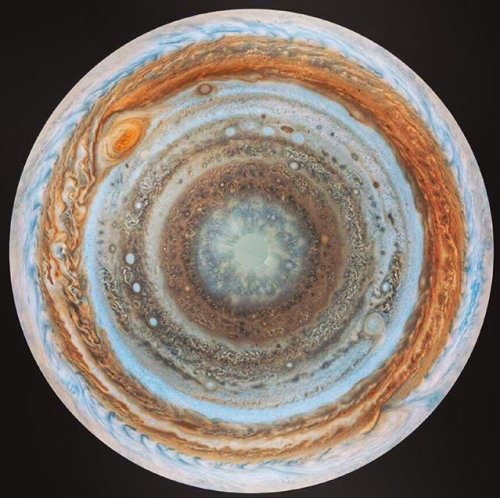M94: Bursting With Stars

M94: Bursting With Stars
Located about 16 million light-years away, this new Hubble image shows the sparkling galaxy Messier 94. You’ll notice the bright ring (or starburst ring) around Messier 94 where new stars are forming at a high rate. The cause of this star-forming region is thought to be a pressure wave going outwards from the galactic center, compressing the gas and dust in the outer region. The compression of material means the gas starts to collapse into denser clouds. Inside these dense clouds, gravity pulls the gas and dust together until temperature and pressure are high enough for stars to be born. (Image credit: NASA / ESA / Hubble)
More Posts from Xnzda and Others
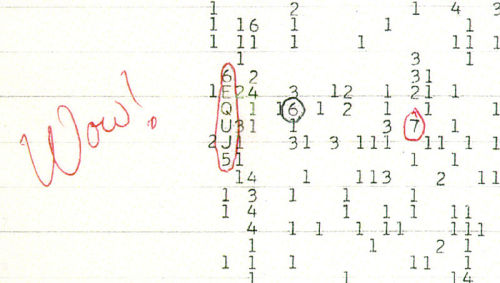
The Wow! signal.
A signal sequence that lasted for 72 seconds in 1977 but has never been seen again. The signal appeared to come from a globular cluster in the Sagittarius constellation, but to this day no definite answer for where the signal originated can be given.
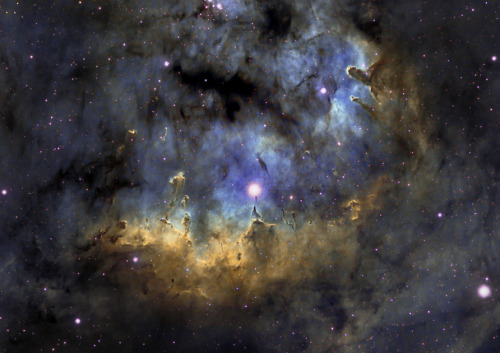
Astronomy Photo of the Day: 5/30/15 — Vividly Blue NGC 7822
This beautifully blue image comes from Manuel Fernández Suarez—an award winning astrophotographer. It provides a window into the heart of a stellar nursery, found approximately 3,000 light-years from Earth in the Cepheus constellation.
Called NGC 7822, it lurks on the outskirts of a behemoth molecular cloud (one of the largest in our galaxy), and contains numerous features, like the star cluster known as Berkeley 59, along with one of the hottest stars in our local part of the galaxy—called BD+66 1673 (there, temperatures can exceed 45,000 K).
As we noted before, “The region, formally known as NGC 7822, contains hundreds of newborn stars that are leaving their own mark on the interstellar material surrounding them, seeding it with heavy elements that will ultimately collapse to give life to a new generation of stars. These same stars are also slowly chipping away at some of the material, they in turn, give it its distinct shape and its designation as an emission nebula.”
Sources & Other Resources: http://bit.ly/1LPOf5M
Image Credit: Manuel Fernández Suarez
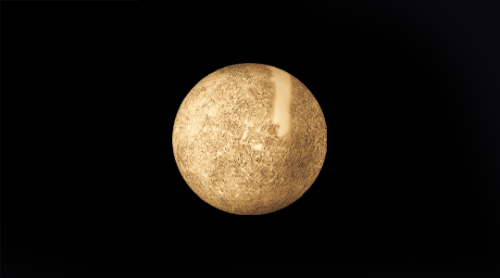
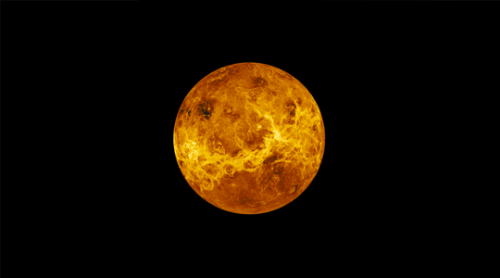
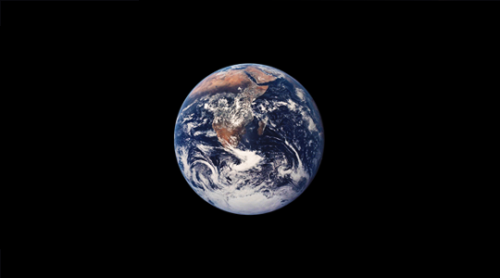
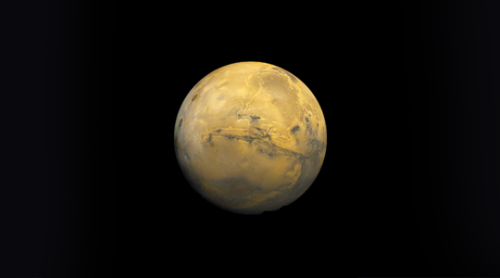
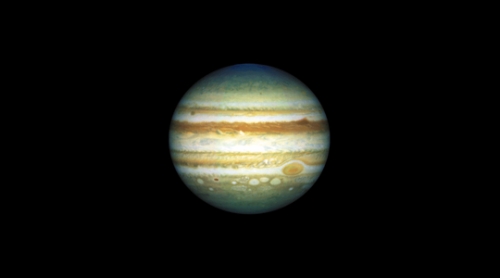
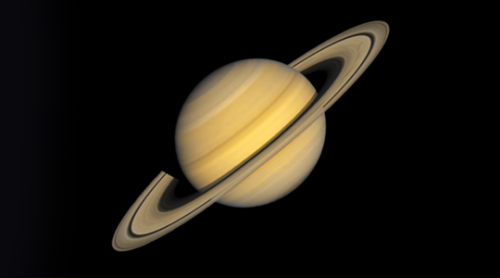
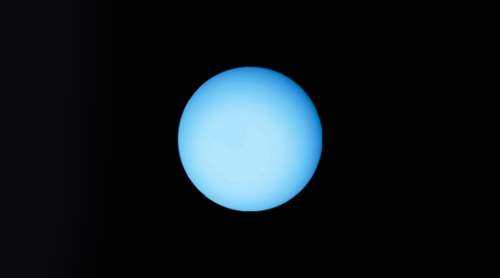
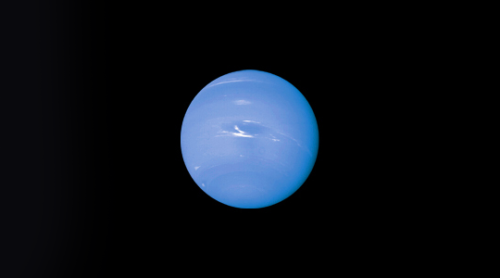
All here… Sorry, Pluto, you don’t belong here
PS: I do follow back
some of my favourite absolutely SICK facts about the trappist-1 exoplanets: - theyre all very close to one another and to their star, so the length of a year on them varies from 1 to 20 DAYS - since they’re so close, the star appears a lot bigger than our sun from earth, and from one planet you could easily see the rest, some would even appear bigger than the moon from earth. you could literally see the surface of another planet with the naked eye!!! - they’re probably tidally locked to their star like our moon is locked to earth, meaning only one side of a planet ever faces the star, and on the other side it’s always night. the sun never sets or rises on any of the planets - the star is red, so the sunlight is red/orange, meaning if, for example, plants were to grow there, they could be black and that’s just what we know now, imagine how much cool stuff we have yet to discover about the trappist-1 system

The icy blue wings of Hen 2-437
The patterns and symmetries in space never cease to amaze. Hen 2-437 is a planetary nebula which has spectacularly symmetrical wings. It was first identified in 1946 by Rudolph Minkowski, who later also discovered the famous and equally beautiful M2-9, otherwise known as the Twin Jet Nebula:

Hen 2-437 was added to a catalogue of planetary nebula over two decades later by astronomer and NASA astronaut Karl Gordon Henize. If you’re interested in how planetary nebulae form, go here
Credit: ESA/Hubble & NASA
Stellar Winds
Stellar winds are fast moving flows of material (protons, electrons and atoms of heavier metals) that are ejected from stars. These winds are characterised by a continuous outflow of material moving at speeds anywhere between 20 and 2,000 km/s.

In the case of the Sun, the wind ‘blows’ at a speed of 200 to 300 km/s from quiet regions, and 700 km/s from coronal holes and active regions.

The causes, ejection rates and speeds of stellar winds vary with the mass of the star. In relatively cool, low-mass stars such as the Sun, the wind is caused by the extremely high temperature (millions of degrees Kelvin) of the corona.

his high temperature is thought to be the result of interactions between magnetic fields at the star’s surface, and gives the coronal gas sufficient energy to escape the gravitational attraction of the star as a wind. Stars of this type eject only a tiny fraction of their mass per year as a stellar wind (for example, only 1 part in 1014 of the Sun’s mass is ejected in this way each year), but this still represents losses of millions of tonnes of material each second. Even over their entire lifetime, stars like our Sun lose only a tiny fraction of 1% of their mass through stellar winds.

In contrast, hot, massive stars can produce stellar winds a billion times stronger than those of low-mass stars. Over their short lifetimes, they can eject many solar masses (perhaps up to 50% of their initial mass) of material in the form of 2,000 km/sec winds.

These stellar winds are driven directly by the radiation pressure from photons escaping the star. In some cases, high-mass stars can eject virtually all of their outer envelopes in winds. The result is a Wolf-Rayet star.

Stellar winds play an important part in the chemical evolution of the Universe, as they carry dust and metals back into the interstellar medium where they will be incorporated into the next generation of stars.
source (read more) + Wolf–Rayet star

Beware of the Big, Bad Wolf
Visible within the center of the Crescent nebula is what’s classified as a Wolf-Rayet star. This star is a staggering 250,000 times brighter than the Sun, 15 times more massive, and 3.3 times larger. Its surface temperature is nearly 70,000° C/ 125,000° F. At just 4.7 million years old, it is already toward the end of it’s life and is shedding its outer envelope, ejecting the equivalent of the Sun’s mass every 10,000 years. Within a few hundred thousand years, it is expected to explode as a supernova. (Image Credit: Michael Miller, Jimmy Walker)
-
 anetteva reblogged this · 3 years ago
anetteva reblogged this · 3 years ago -
 marialeecollectorfan reblogged this · 4 years ago
marialeecollectorfan reblogged this · 4 years ago -
 rottenrosette liked this · 4 years ago
rottenrosette liked this · 4 years ago -
 nib333 reblogged this · 5 years ago
nib333 reblogged this · 5 years ago -
 nib333 liked this · 5 years ago
nib333 liked this · 5 years ago -
 houseofdafne reblogged this · 5 years ago
houseofdafne reblogged this · 5 years ago -
 houseofdafne liked this · 5 years ago
houseofdafne liked this · 5 years ago -
 xnzda reblogged this · 5 years ago
xnzda reblogged this · 5 years ago -
 ohfallingstar reblogged this · 6 years ago
ohfallingstar reblogged this · 6 years ago -
 haldisu reblogged this · 6 years ago
haldisu reblogged this · 6 years ago -
 unknowsomethings liked this · 7 years ago
unknowsomethings liked this · 7 years ago -
 87thz reblogged this · 7 years ago
87thz reblogged this · 7 years ago -
 chinesecoco liked this · 7 years ago
chinesecoco liked this · 7 years ago -
 harleyn0va reblogged this · 7 years ago
harleyn0va reblogged this · 7 years ago -
 harleyn0va liked this · 7 years ago
harleyn0va liked this · 7 years ago -
 universumnow reblogged this · 8 years ago
universumnow reblogged this · 8 years ago -
 captainmiu liked this · 8 years ago
captainmiu liked this · 8 years ago -
 nonflamminghomo-blog reblogged this · 8 years ago
nonflamminghomo-blog reblogged this · 8 years ago -
 nonflamminghomo-blog liked this · 8 years ago
nonflamminghomo-blog liked this · 8 years ago -
 edmundmichael reblogged this · 8 years ago
edmundmichael reblogged this · 8 years ago -
 desirekeepsburnin reblogged this · 8 years ago
desirekeepsburnin reblogged this · 8 years ago -
 marcmobil reblogged this · 8 years ago
marcmobil reblogged this · 8 years ago -
 dantradone liked this · 8 years ago
dantradone liked this · 8 years ago -
 reveveee reblogged this · 8 years ago
reveveee reblogged this · 8 years ago -
 hadrians-view reblogged this · 8 years ago
hadrians-view reblogged this · 8 years ago -
 dogalistan liked this · 8 years ago
dogalistan liked this · 8 years ago -
 twoheadedwhore-blog liked this · 8 years ago
twoheadedwhore-blog liked this · 8 years ago -
 chrisxsaturn liked this · 8 years ago
chrisxsaturn liked this · 8 years ago -
 twistedgazebo reblogged this · 8 years ago
twistedgazebo reblogged this · 8 years ago -
 mubbyjo liked this · 8 years ago
mubbyjo liked this · 8 years ago -
 skyvalley-blog1 liked this · 8 years ago
skyvalley-blog1 liked this · 8 years ago -
 m3lyburggonz reblogged this · 8 years ago
m3lyburggonz reblogged this · 8 years ago -
 th0ca liked this · 8 years ago
th0ca liked this · 8 years ago -
 theseeker1864 liked this · 8 years ago
theseeker1864 liked this · 8 years ago -
 hadrians-view liked this · 8 years ago
hadrians-view liked this · 8 years ago -
 utah61 liked this · 8 years ago
utah61 liked this · 8 years ago
